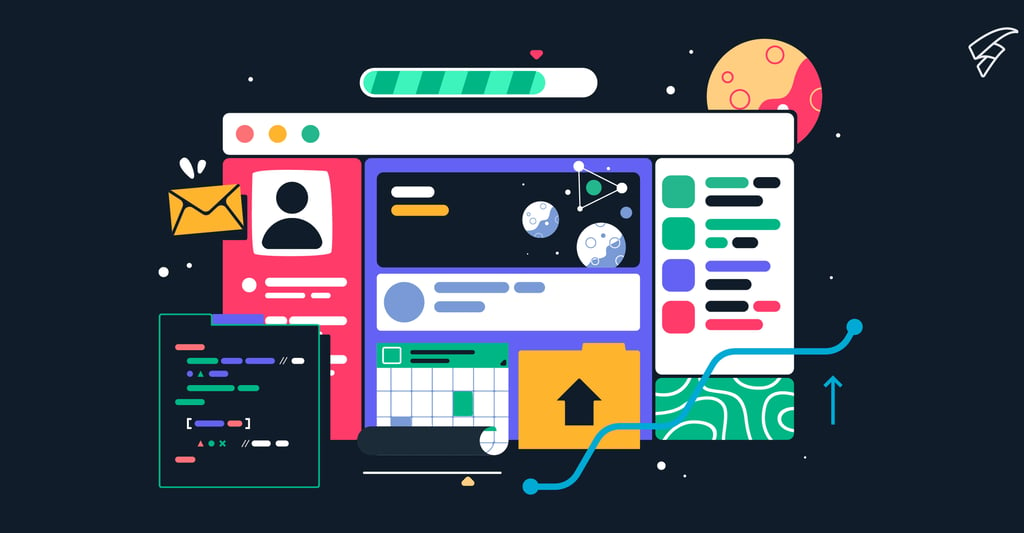Differences Between Websites: Basic Website vs Complex Website

There are about 1.100 million websites.
The web became part of our day to day: SpreadSheet to make reports, Netflix to watch the series we love, Spotify to put the playlist that makes us happy, etc…
And in this diverse sea of websites, as diverse as we are, there are basic websites that tell us the time (eg https://time.is/) as large infrastructure complexe websites like Google.
The complexity of our website will depend on the purpose we give it
and the challenges we want it to take on.
The challenges at the software level can be scalability, availability, optimization, etc.
In this blog we want to share with you what are the main characteristics or differences between a basic website and a complex website:
Basic website
- Basic websites usually have simple business logic, and could be summed up in 3 actions: creating/editing/viewing information or content. Examples of these are usually personal blogs, microsites, contact pages for brand positioning, forums, etc.
- Cost-wise, they are usually very cheap. Being sites with a basic range of action, the hardware resources needed to run our websites are few.
- Their interaction with external platforms such as login and email services is low.
- They are mostly informative websites, which complement the activities of the offline world, such as a restaurant menu or a personal portfolio for example. They are very useful at the level of marketing and brand positioning.
- Some are sites that do not require strong data processing (Backend), they have a display layer (Frontend). We call this static websites.
- Maintenance costs are low.
Complex website
- They have more complex business logics, they go beyond the manipulation of information for the purpose of visualization, such as the online edition of a photo: Canvas. In general, the development of these business logics require time in planning, design and validation.
- Cost-wise they are less economical. The deployment and operation of its functionalities will require more resources at the hardware level.
- They require non-functional requirements, such as high availability, fault tolerance, and scalability.
- They are part of a commercial activity that is digitized or are in essence the digitized commercial activity.
- Maintenance costs are usually high. Continuous maintenance is required to ensure the solution of errors or bugs that appear throughout its operation.
- Its functionalities usually vary over time, always looking for an improvement.
Read: SIDOC: A success case on Digital Transformation
Although there are characteristics that differentiate a basic website from a complex one, it does not mean that they are decisive.
As our website grows, there will be more non-functional needs that we will need to operate and there will be more functionalities that enrich our space on the Internet.
Do you want to improve your website
to grow your business?
We walk with you through this process. Contact us
Related post:
What is digital transformation and how to implement it
Are a web page and a website the same?
This is the main reason why your website/app is crashing



